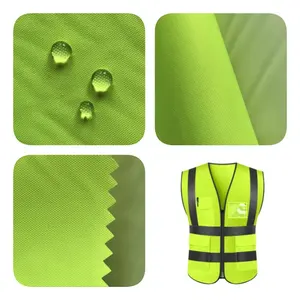
PX1/ETSDL 100% POLY DTY OXFORD 150D*150D/150T PU Milky Breathable Coating Fabric For Outdoor Jacket Fluorescent Fabric

China Factory Direct Supply Non-Woven Fabric Geotextiles Draining Geotextile Used For Road Works




















Road fabric serves as a critical element in the realm of civil engineering, offering a versatile solution for a variety of applications. This technical material is integral to enhancing land drainage, stabilization, and filtration processes. The use of geotextile road fabric is not confined to large-scale infrastructure projects; it also plays a significant role in smaller private home endeavors, particularly in outdoor environment modifications and maintenance.
The diversity of road fabric types, such as woven driveway fabric and non-woven geotextile fabric, caters to different project requirements. Woven types are sought after for their high strength and cost-effectiveness, making them suitable for applications not necessitating drainage, like soil stabilization beneath roads. Conversely, non-woven varieties are preferred for scenarios demanding durability and superior filtration, such as in geotextile for roads, where stress levels are comparatively lower.
Geotextile driveway fabric is designed to support soil drainage by acting as a separation layer. This function is crucial in regulating water flow and preventing soil from clogging drainage systems. Additionally, for projects where filtration is beneficial, permeable geotextile filter fabric is an excellent choice. It allows for the effective separation of fine particles, ensuring the longevity and integrity of the road structure.
The environmental impact of road fabric is becoming increasingly significant with the onset of climate change. Its role in erosion control is vital for the protection of watercourses, banks, coastal areas, and developed land. The use of road stabilization fabric can mitigate the loss of property and wildlife habitats, as well as prevent water pollution. Economically, the use of soil stabilization fabrics can render projects more cost-efficient by reducing the need for rock and other expensive materials.
Selecting the appropriate road construction fabric is crucial, as each type possesses unique technical properties tailored to specific project needs. For instance, typar road fabric is recognized for its exceptional performance in separation and stabilization tasks. It is essential to consider factors such as the project scale, environmental conditions, and the specific engineering requirements when choosing the right geotextile product.
In conclusion, the array of road fabrics available, including gravel road fabric and road base fabric, provides engineers and contractors with the tools necessary to tackle a multitude of civil engineering challenges. While the selection process is critical, the benefits of incorporating the right road fabric into construction projects are undeniable, offering both environmental protection and economic advantages.